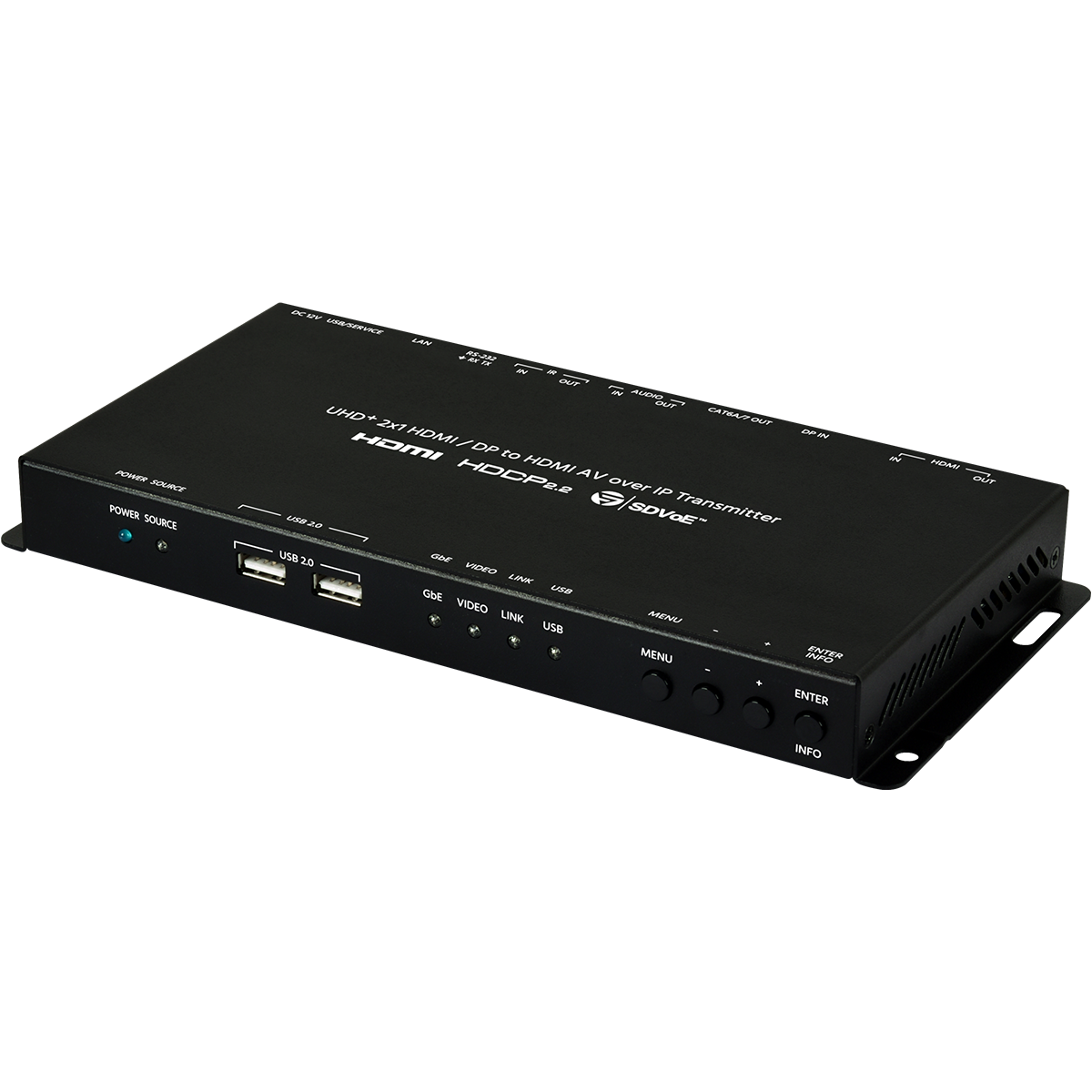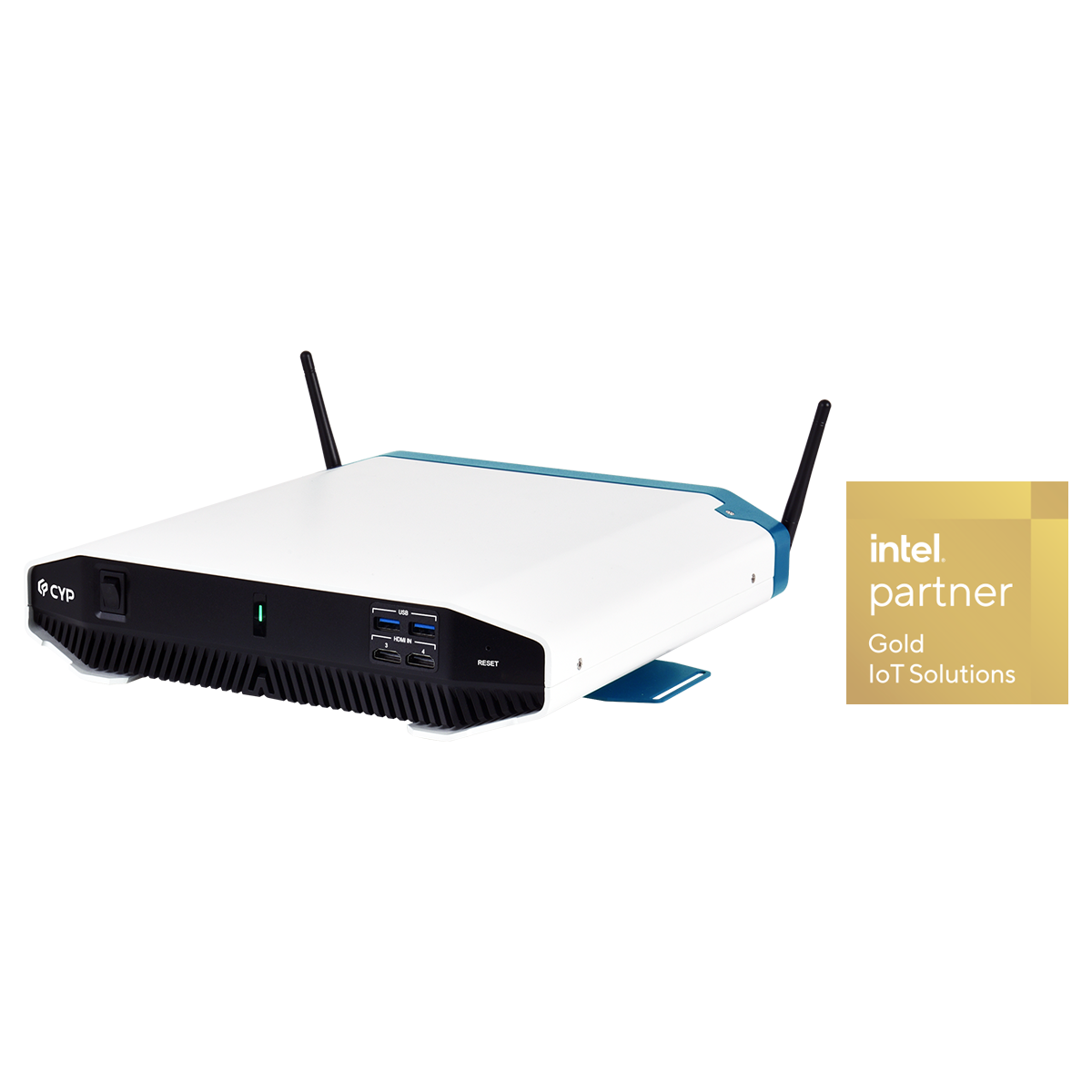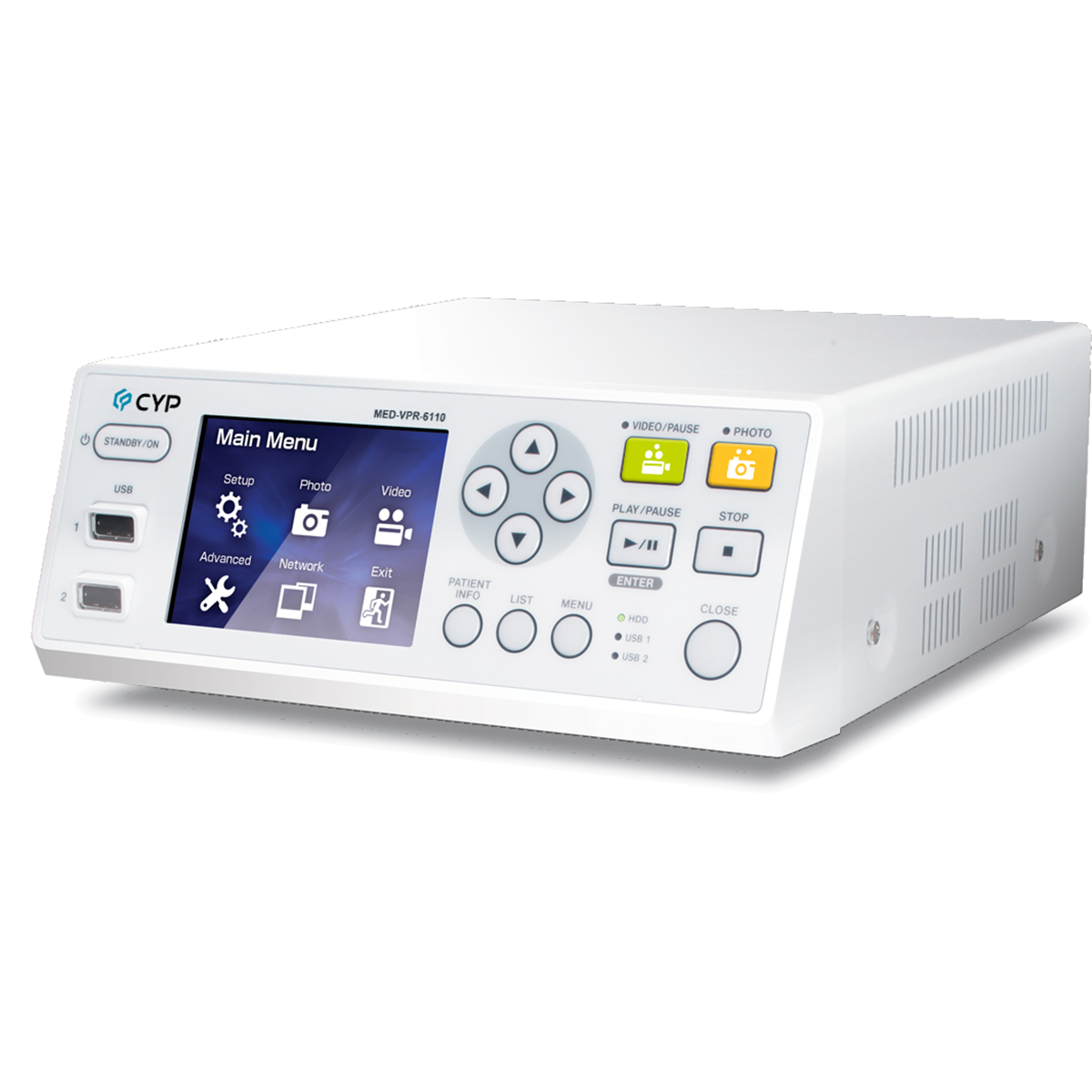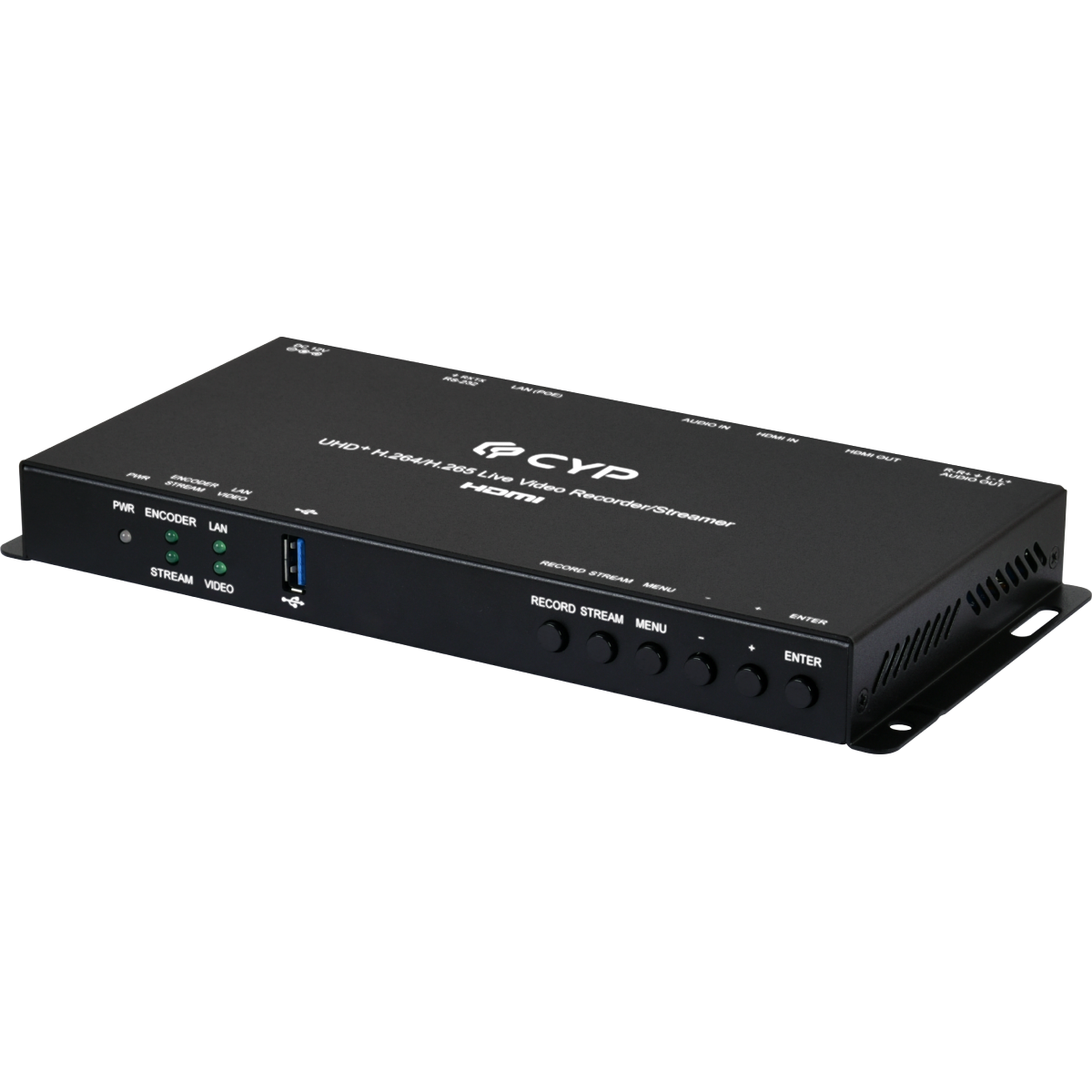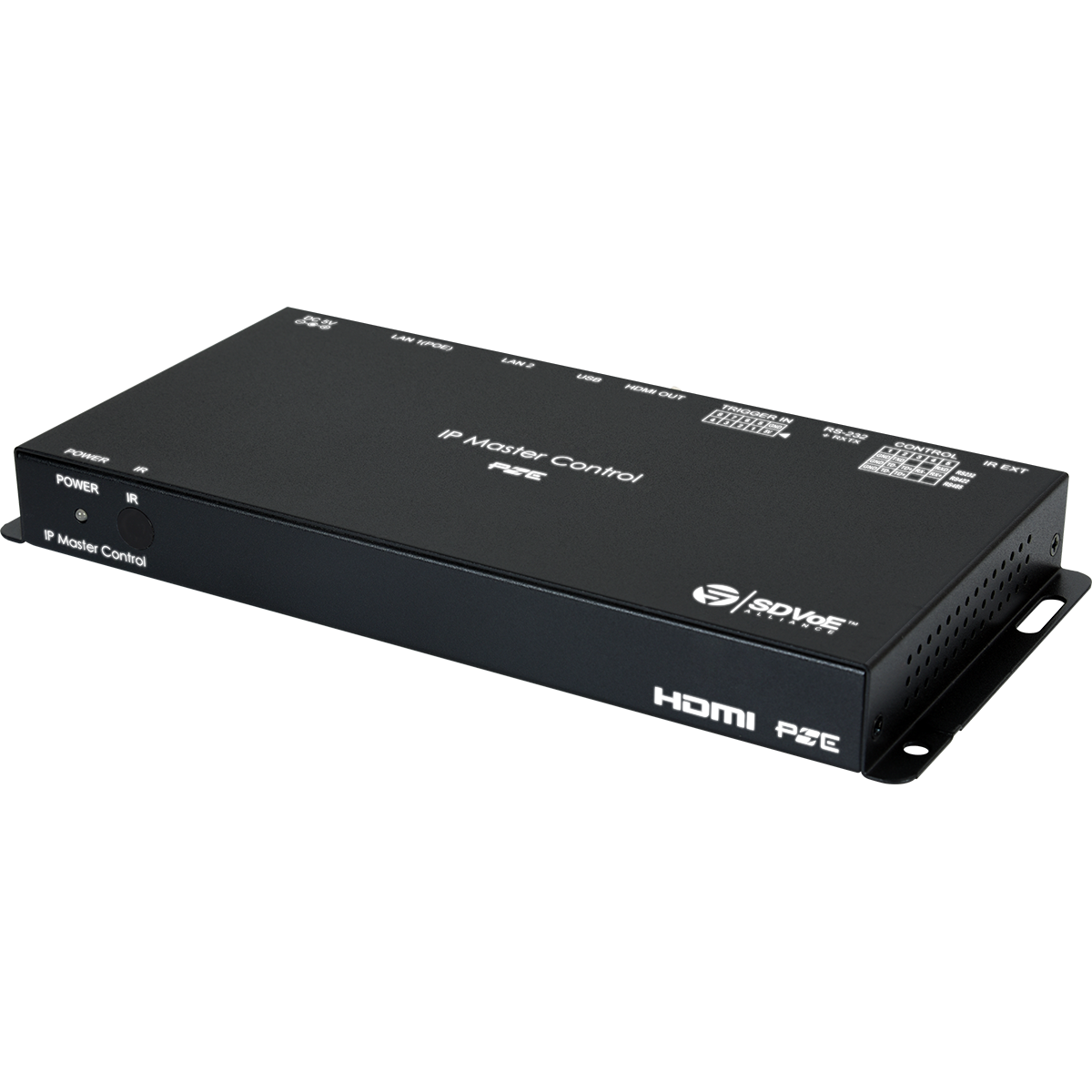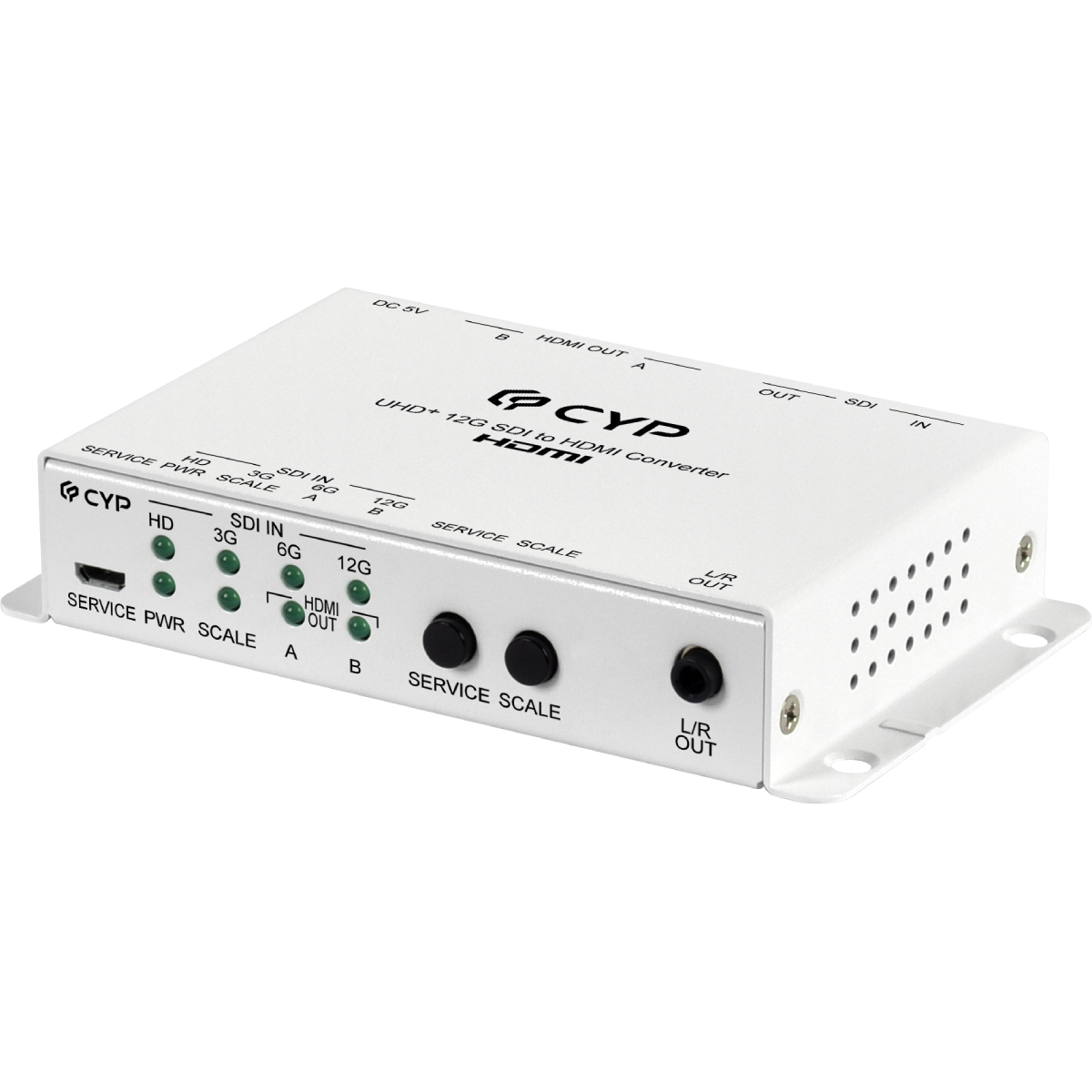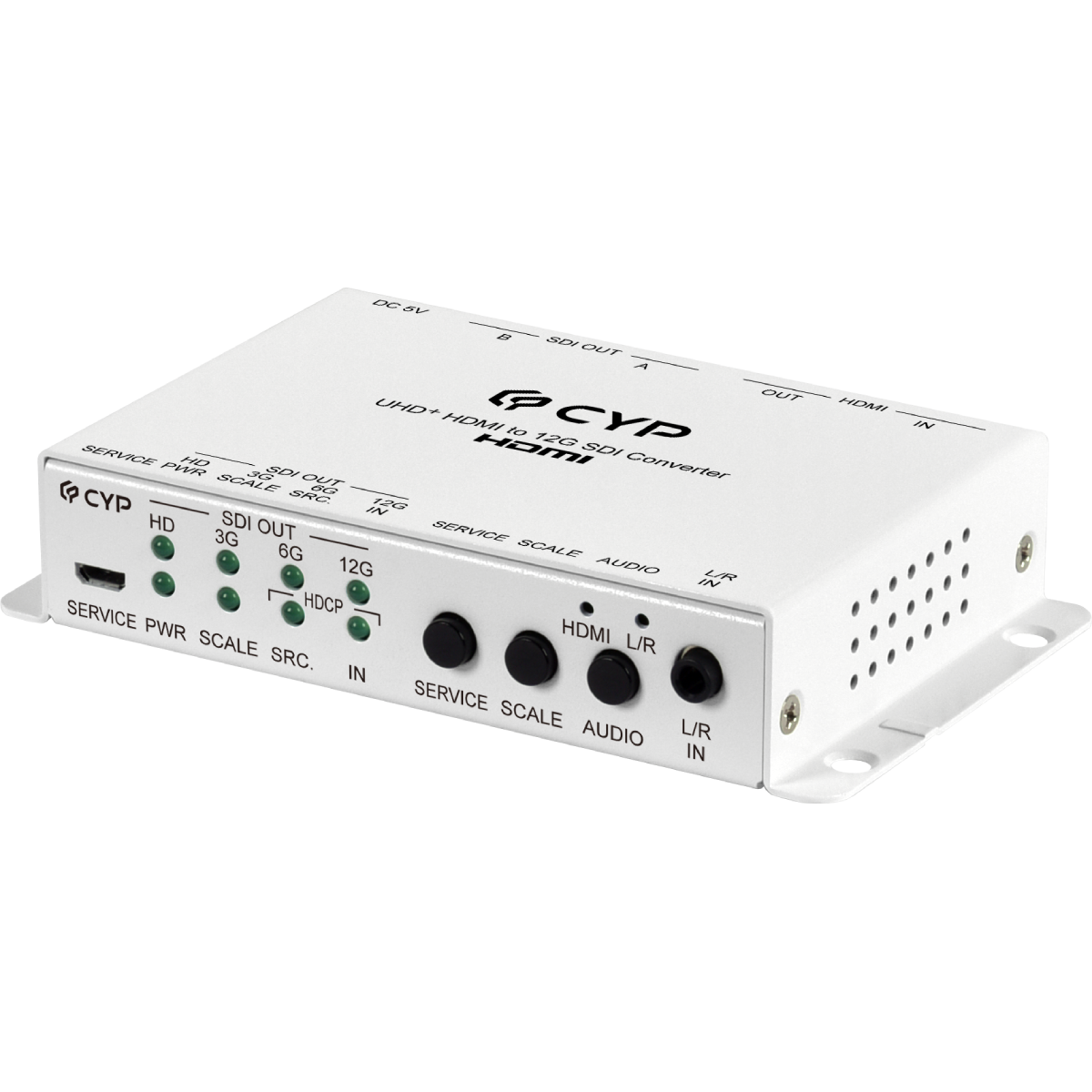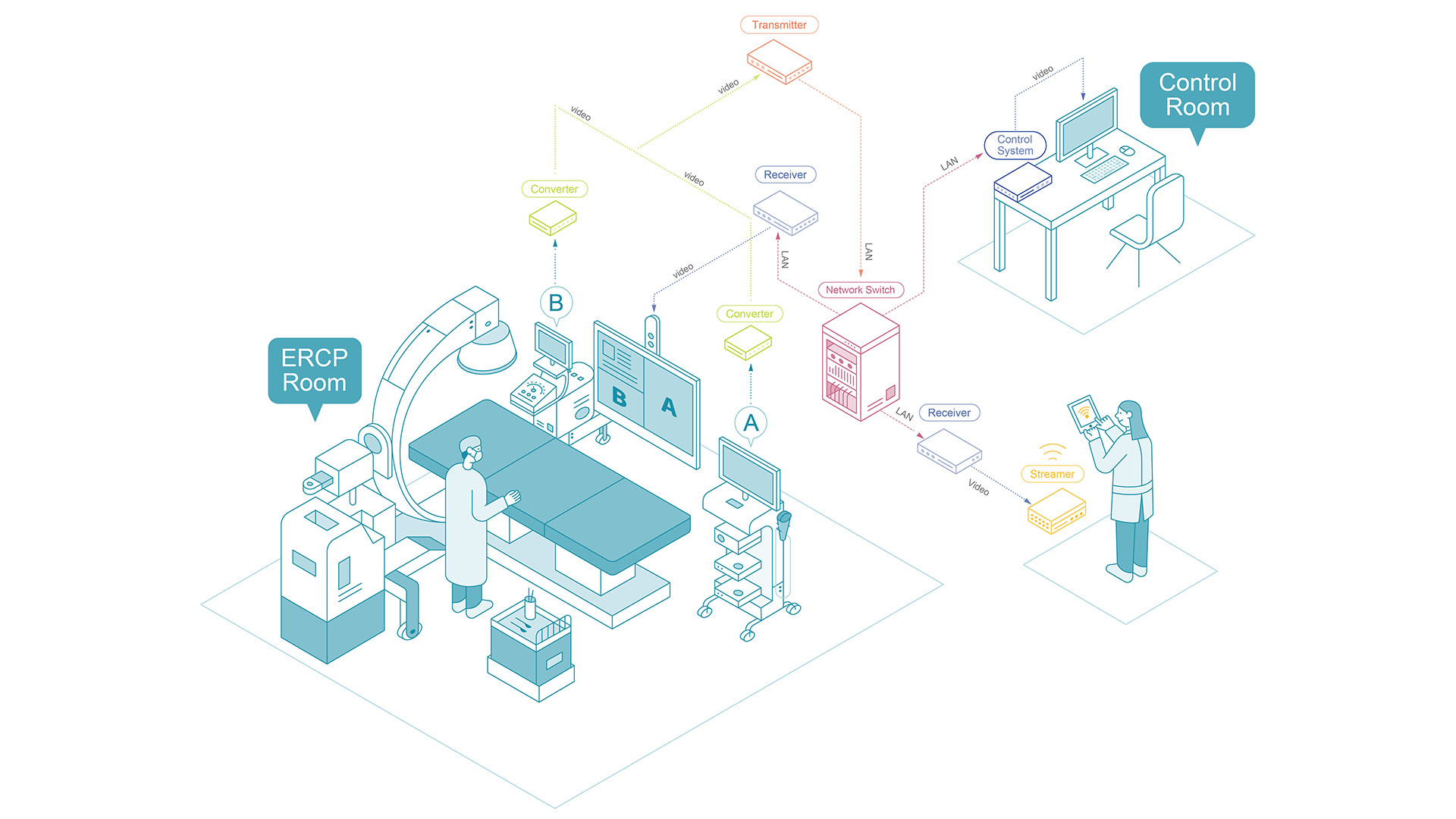
When it comes to minimally invasive surgery, easy access to multiple complimentary images has significantly broadened the scope of surgery. For example, endoscopic retrograde cholangiopancreatography (ERCP) integrates endoscopic and radiologic images to visualize the bile duct and pancreatic duct, allowing diagnosis and treatment of biliary tumors, bile ducts stenosis, and gallstones. In addition, an endobronchial ultrasound (EBUS) combines endoscopic and ultrasonographic images, allowing surgeons to take a biopsy of extrabronchial tumors, which were traditionally di cult to access.
Stable, synchronized, and high-quality images are essential for endoscopic surgeries since they are used to detect and delicately manage small but vital lesions.
Transmitter / Receiver
- Able to extend 4K video without distortion and with ultra-low latency. This enables doctors to detect, inspect, and operate on even the tiniest of problems with no loss of coordination between the eyes of the doctor and their instruments. Helps eliminate the tangled jungle of wires in the operating room by extending multiple signal types over a single cable.
Control system
- Integrates multiple video and image sources to encourage an e cient and smooth operating environment.
Streamer
- Streams video from the operation room to remote locations for conference or educational purposes.
AVIP-P5104T-B1C
UHD+ 2x1 HDMI/DP to HDMI AV over IP Transmitter
This Transmitter is designed for high-quality, IP routable, AV extension with minimum latency. By using a sophisticated ultra-light compression scheme (lossless for most content) it’s a great solution for extending 4K audio/video streams and data. When combined with the optional IP Master Controller or control software, the functionality of the Transmitter expands exponentially. Multiple Transmitters and Receivers may be combined with one or more 10-Gigabit Ethernet switches and the units can be used together to form a distributed video matrix, a multiviewer system, or a video wall system adding to their flexibility in large event installations. The very own exclusive development technology of preview function has remedy the lack of this AV over IP solution and provide the way to fulfill the needs of long distance transmission.
MED-VPR-8430
Multi-viewer with Streaming Solution and Stand-alone PC-based System for Video Capturing
The MED-VPR-8430 video recorder is dedicated design to integrate with multiple medical devices for video recording during operation or diagnosis. It supports high quality video of 4K@60 video input and output to display over HDMI. The video from medical devices such as endoscope, X-Ray system, ultrasonic, da Vinci Surgical System…etc. exports to monitor and is recorded to build in hard disk in recorder simultaneously. This medical recorder supports real time display and recording and complies with medical criteria for fulfill medical application.
MED-VPR-6110
Digital Video Recorder
MED-VPR-6110 is high-definition digital video recorder designed for quick set up and ease of use, it includes a robust list of features and capabilities. With auto sensing video connections and automatic video resolution detection, set up is quick and easy. The control panel allows users to intuitively record videos and photos in crystal clear HD.
AVIP-S4601E
UHD+ H.264/H.265 Live Video Recorder/Streamer
AVIP-S4601E makes online broadcasting of live video, with a locally stored achieve, an easy and simple process. Video content up to 4K60 4:4:4 is supported and can be output up to 4K60 for a better quality for streaming. An HDMI output is provided for local monitoring of the selected input source. The video may also be recorded locally to a local network drive (via USB) or NAS(NFS/CIFS).
CDPS-CS7-S
AV over IP Master Controller
This controller is a powerful and flexible solution for controlling multiple VoIP (Video over IP) extenders within same network. The user only needs to install this unit into the same local network as the extenders (Transmitter and Receiver) to easily define and configure channel routing selections using the WebGUI. It is also possible to define and switch routes using customized groups or presets allowing for easy control over multiple video zones. Without the use of this controller, each individual Transmitter and Receiver pair could only be configured in a basic point-to-point operational mode.
CPLUS-SDI2H-W
12G-SDI to HDMI Converter
The SDI to HDMI Converter allows SD, HD, 3G and 12G-SDI signals to be shown on HDMI display. This means that it is now easier for professionals to distribute and extend their SDI signal while giving the ability to display work on HDMI displays. Furthermore, thanks to L/R audio outputs users can output audio in analog formats while the loop-through 12G-SDI design benefits users by letting them simultaneously show content on both SDI and HDMI displays.
CPLUS-H2SDI-W
HDMI to 12G-SDI Converter
The HDMI to SDI Converter allows HDMI signals to be shown on two SDI displays while ensuring high bit rates of 12 Gbit/s to give you high resolution signal without any loss. For professionals this means that it is now easier to convert your high def HDMI signal with audio to SDI for long distance transmission and display your work on two SDI displays. Also, a 2 CH L/R audio input allows DVI signal with 2CH audio to be converted to SDI in order to be shown on SDI displays. Furthermore, the device has a built-in default EDID and a recordable EDID that guarantee image display compatibility with source equipment.
